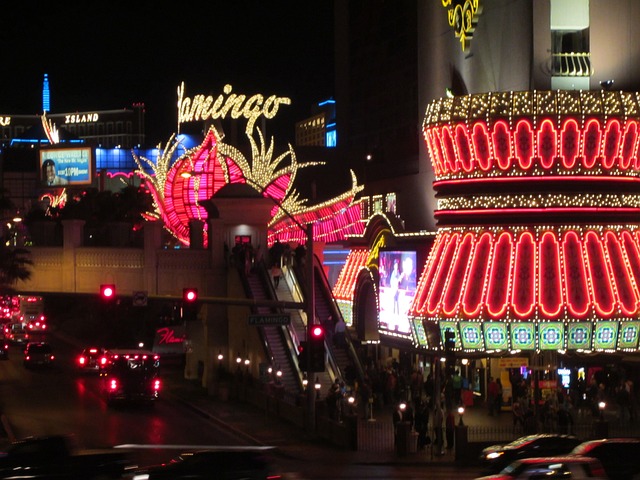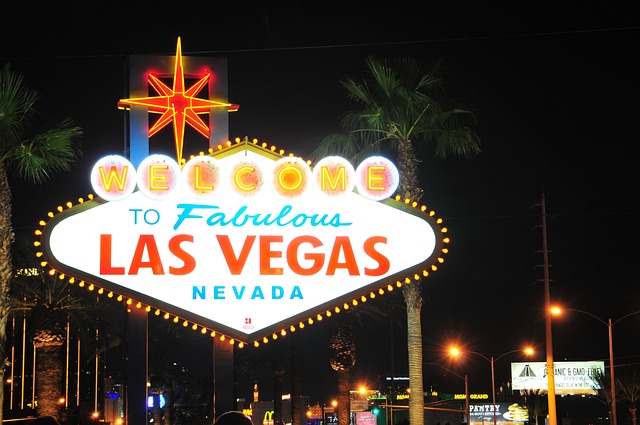The intricate design of a casino goes beyond aesthetics, deeply influencing player behavior and the overall gambling experience. Operators like TonyBet understand that the physical and psychological environment of a casino can significantly impact customer engagement, spending habits, and even the duration of play. This article delves into the strategies behind casino design and how they are employed to create an enticing gambling environment that players find hard to leave.
Strategic Use of Space
Casinos are masterfully designed to create a welcoming yet captivating environment that encourages players to stay longer and engage more deeply with the games. The layout is often characterized by a maze-like structure that, while seemingly disorienting, is carefully crafted to lead players through different gaming areas, maximizing exposure to a wide variety of games. The arrangement ensures that players encounter a diverse range of gambling options, increasing the likelihood of them finding a game that piques their interest.
Lighting and Color Psychology
Lighting and color are used strategically to create an atmosphere that is both exciting and comfortable. Bright, flashing lights and vibrant colors can energize players and enhance the overall excitement of the casino experience. Conversely, softer, more diffused lighting and warm colors promote comfort and a sense of wellbeing, encouraging players to stay longer. The psychological impact of these elements cannot be underestimated as they play into human instincts, influencing emotions and behavior subtly but powerfully.
The Role of Sound

Sound is another critical component of casino design. The constant melody of winning sounds, including the clinking of coins and the celebratory noises from slot machines, creates an auditory illusion of winning that can motivate players to continue gambling. These sounds reinforce the gaming activity and can mask the passage of time, making players less aware of how long they have been at a casino.
Pathways and Sightlines
The organization of games within a casino is also deliberate. Pathways are designed to draw players deeper into the casino, passing by enticing games that might catch their eye. Clear sightlines enable patrons to see all the available games in a section as soon as they enter, reducing confusion and stimulating interest. This open view acts as a silent invitation to explore further and try new games.
Nudging Toward Higher Spending

Casinos also employ design elements that encourage higher spending. For instance, high-limit rooms are often positioned in secluded areas that offer exclusivity and privacy, appealing to those players who prefer a more discrete environment. Placement of ATMs is strategic as well, ensuring they are accessible but not immediately next to exit points, which might remind players of the real world outside the immersive casino environment.
Psychological Comfort and Safety
Above all, casinos strive to make players feel comfortable and safe. Luxurious carpets, plush seating, and meticulously designed decor contribute to an environment where leisure is the primary focus. This level of comfort can decrease stress levels, helping players feel more relaxed and open to engaging in higher stakes or longer gaming sessions.
In conclusion, casino design is a complex art that integrates various elements of architecture, psychology, and sensory stimulation to influence player behavior. By creating environments that maximize comfort and excitement, casinos like TonyBet can enhance player engagement and satisfaction, ultimately leading to increased patronage and profitability. Understanding these strategies can provide valuable insights not only for casino enthusiasts but also for businesses looking to understand more about environmental psychology and its effects on human behavior.
